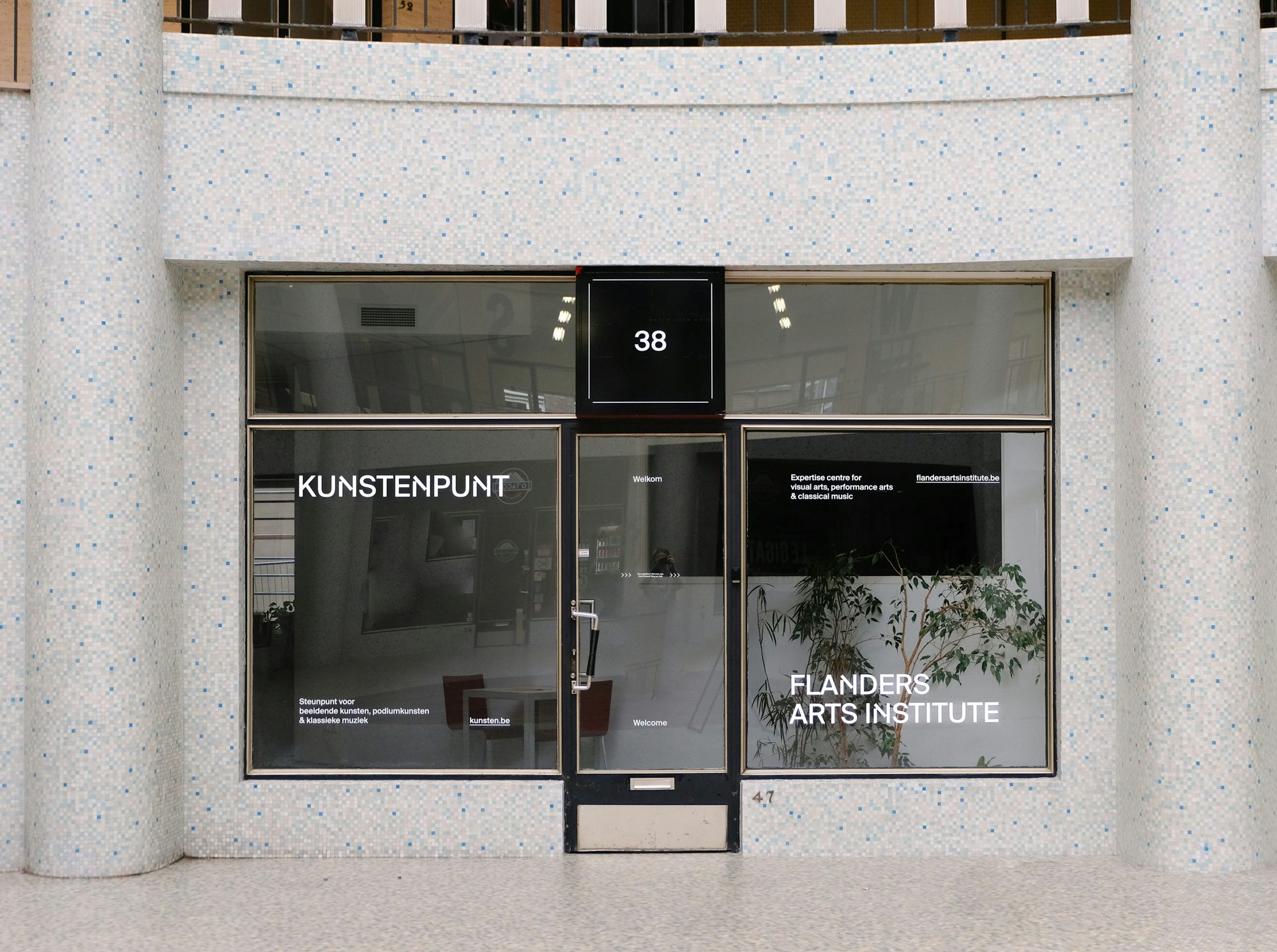
Who does the theatre belong to?
Teatr Powszechny, Warsaw
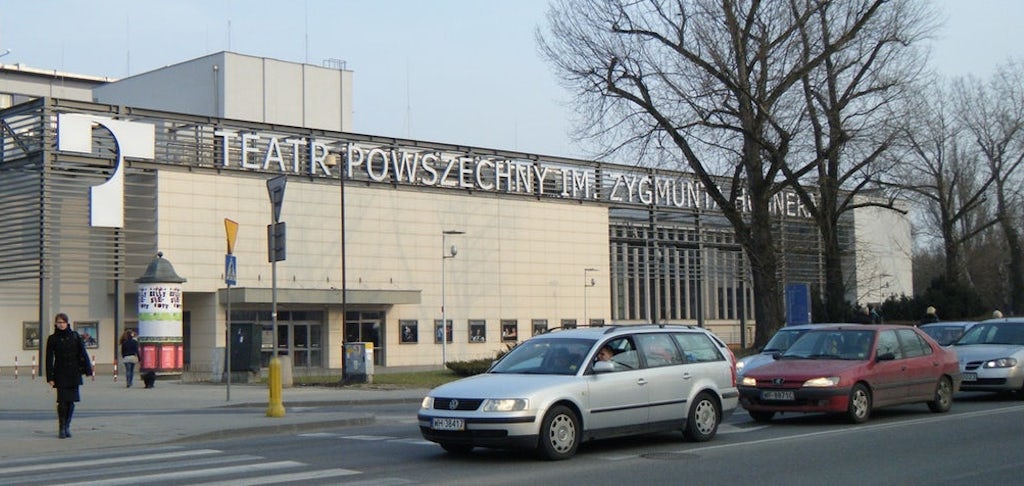
When Oliver Frljić with a team of dramaturges created the performance The Curse at Teatr Powszechny in Warsaw this February – in my opinion one of the best and most touching theatre works in Poland in recent years – a big debate on the role and responsibility of the public institution started. We have been discussing the institutional frames and their visibility, the freedom of speech, on the boundaries of art and asking whom the art belongs to. The theatre all of a sudden appeared again on magazine covers and prime-time tv.
Dit artikel is enkel beschikbaar in het Engels.
When a government is putting all of its efforts in creating a narrative based on terms such as nation, heritage, local history, when women are losing their basic rights , when the constitution is in danger, people of color are beaten on the streets, it is crucial to make the political and social institutional frames visible.
Three days after opening night, the investigation against the theatre and the artists had officially started, accusing them of violating one’s religious feelings. The accusations are based on reviews, two-minute video material, registered illegally during the performance, some rumours – therefore they are absurd and have nothing to do with the show itself.
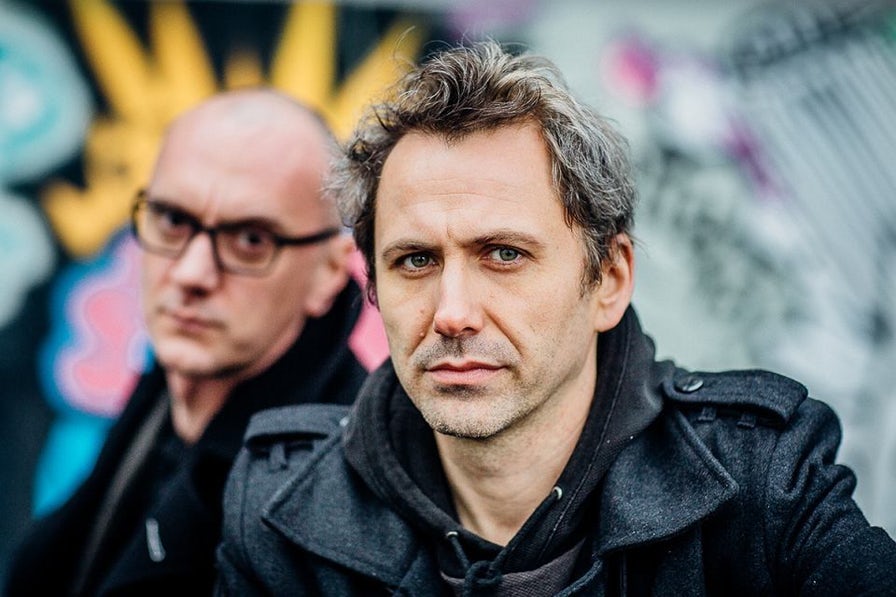
These attempts of censorship are explicit and they actually correspond well with the strategy of Frljić, not that he wants to be prosecuted right after each opening of his shows, but he consciously enters the theatre institution to problematise the way it works, to name power relations in society, to say out loud what usually no one dares to mention. To my mind his artistic practice is a consequent performance of institutional critique: he performs the institution and its boundaries, making them visible and showing us its frames. Frljić is also very much interested in media performance, in his opinion the show starts much earlier than the moment when the audience enters the venue.
This strategy works very well in the current political context in Poland – and is maybe more needed now than anytime in the past. When the government is putting all of its efforts in creating a narrative based on terms such as nation, heritage, local history and making Poland great again (Law and Justice party officials use the expression ‘to pick Poland up from its knees’), when women are losing their basic rights (i.e. the right for abortion), when the constitution is in danger, people of color are beaten on the streets (which is a direct consequence of the government’s attitude, which supports acts of violence and blindly refuses to receive any refugees), it is crucial to make the political and social institutional frames visible, to remind that no existing institution shall be taken for granted, or being perceived as a universal one.
Art institutions as common wealth
Obviously, the acts of censorship that Teatr Powszechny is confronted with are explicit; easy to grasp, name, define and argue with. But what about these attempts of censorship, that are hidden, what about auto- and/or economic censorship, taking place on a smaller scale, with no media attention, covered only by shame? They actually happen more often and their influence is much stronger. I would even argue we are all more or less confronted with them nowadays, especially in the current political and economic context.
Let me please explain it from my own position as a performing arts curator based in Warsaw, Poland.
First of all, as a curator you need to explain more and more if and why you invite any political art works. You may even be confronted with such a ridiculous question as ‘How many percent of your programme will be political?’. 100%, of course: art is always political as it takes place in the social context and as it is a social practice itself. Moreover, every decision, including the ones on presenting some works and excluding the others is political. So, you are confronted with these questions more and more and slowly start to learn how to find alternative ways of naming your work, which words should you avoid, which you should change into more euphemistic ones. But how long can you play with the language imposed by power without incorporating it?
‘How many percent of your programme will be political?’. 100%, of course.
Secondly, if working internationally used to be perceived as a value, it is not anymore. And unfortunately this concern does not come from the need to balance the local and international in the programme, which I personally find crucial. It is rather about making Poland great again.
Thirdly, you start to observe how, slowly, the official language of the government is being incorporated by the decision makers, by your colleagues, by people who used to stand on your side of the barricade. Eventually you start to realise how this language is being, consciously or not, influencing yourself – and your choices.
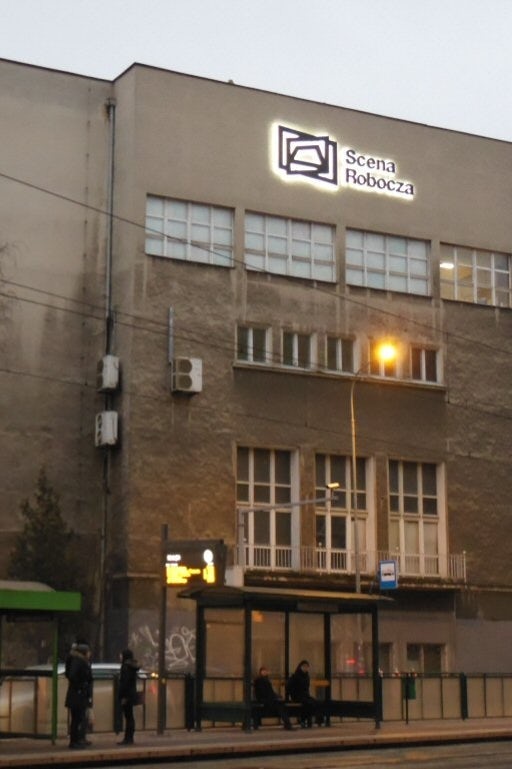
Finally, in the current political context any attempt to look critically at the way the art institutions work became pretty complicated and ambiguous. Obviously, it is crucial to protect the existing institutions – especially now, when there are less and less common spaces, open for a real public debate. But does protection mean agreeing on the existing institutional structures, modes of working, hierarchies, exploitations and so forth?
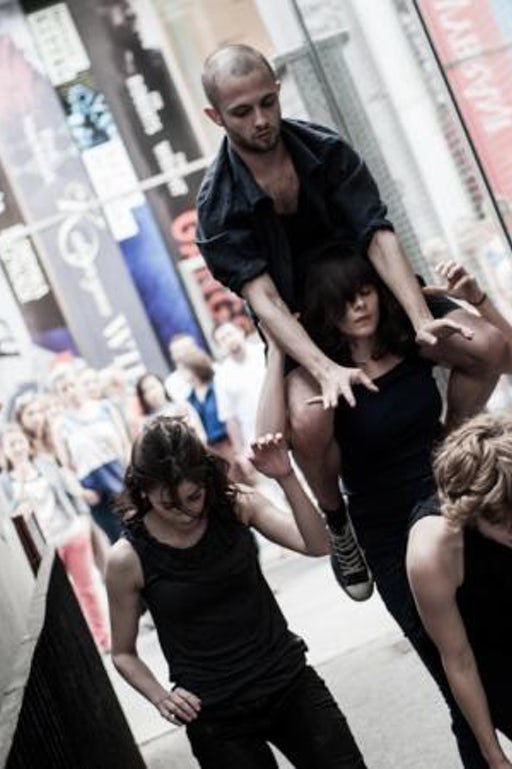
This question becomes even more striking, when we look at the mode of performing art production in Poland, which is deeply rooted in the institutional way of working: it is based on public institutions and public funding. Most of theatre productions are created in frames of repertory, city theatres: this model dominates the whole landscape. There are just a few independent theatres or dance venues (i.e.: Komuna Warszawa, Centrum w Ruchu, Scena Robocza) and only one dance house which offer space to young choreographers and work on a regular, daily basis (in the Old Brewery in Poznań, run by Joanna Leśnierowska).
Public funds and public institutions are definitely treasures to be protected. But aren’t they most of all a common wealth that shall be constantly renegotiated, rethought, redefined? Does protecting the institution always mean conserving the way it works? I would say the contrary – taking care of the institutions means self-reflected and critical analysis on its mode of working, its structures, frames and connections with the artists and the audience. Operating under the regime of constant productivity, they become factories working at full capacity, acting most hurriedly and with complicated logistics, which is often accompanied by overexploitation of workers. It is more a machinery than a place of artistic work. In a place like that there is no space for explorations, research, honest discussion, testing various directions, taking risk, and, finally, “mistakes” or “failures” – which is all that constitutes artistic process, at the same time being the foundation for independent, autonomous and critical thinking.(1) A situation like this does not necessarily need to lead to the commercialisation of the institution. On the contrary: we may deal with a brilliantly programmed, progressive institution that puts the theme of democracy at centre stage, interestingly problematises socio-economic inequalities, and at the same time replicates the schemas of inequality and exploitation within its own company. As Hito Steyerl wrote: “[institution] might even earnestly try to reconstruct a public sphere within market conditions, for example with the massive temporary spectacles of criticism funded by the German Bundeskulturstiftung (National Foundation for Culture). But under reigning economic conditions, the main effect achieved is to integrate the critics into precarity, into flexibilised working structures within temporary project structures and freelance work within cultural industries.”(2)
Public funds and public institutions are definitely treasures to be protected. But aren’t they most of all a common wealth that shall be constantly renegotiated, rethought, redefined?
Thus, I believe that we truly need at this moment to debate on working modes and conditions within the arts institutions. It is not by accident that in recent years we have been observing a new movement in Polish theatre, which stands up for the subjectivity of artists, enquires about their responsibility towards the audience, advances strong theses about precarity of cultural workers, challenges power relations within the structures of art institutions, and suggests alternative solutions. Their authors interrogate efficacy and force of political theatre today, at the same time battling for the autonomy of their own. They investigate the principles that govern the process of art production – oftentimes with reference to the context of late capitalism, by which it is greatly conditioned. Weronika Szczawińska, Justyna Sobczyk, Anna Smolar, Anna Karasińska, Koruna Warszawa, Romuald Krężel, Agnieszka Jakimiak, Magda Szpecht, Janek Turkowski, Wojtek Ziemilski (just to name a few of the artists focusing on this context) create performances that are autothematic. It does not mean that they only concern themselves with theatre, though, on the contrary: through exploration of the conditions and methods of work and relationships within the institution they are testing new, perhaps more effective forms of political theatre, building alternative structures and communities, searching for new ways of communication with the audience and implementing democracy instead of conversing about it.
Yet, the discussion around institutions and their mode of operating is quite complicated nowadays. The current political scene in Poland, radically cross-cut by divisions which seem increasingly less likely to be overcome, considerably hinders the debate around the performing arts field: the debate around Oliver Frljić and his show at Teatr Powszechny is a perfect proof. It unveils just one aspect of the discussion on the institution, questioning the notion of public art and artistic freedom and asking whom the art and its institution belongs to. The other topics, such as working conditions, existing hierarchies and power relations are not so welcome at the moment. Raising controversial subjects that might turn out to be a bone of contention in the theatrical milieu and lead to new divisions is highly unwelcome. It concerns a.o. the question of payroll, internal relations within the institution, subjectivity of creators and co-creators of performances – suggesting that puts one at risk of community ostracism, contempt, ridicule. Because it is so auto-thematic and dull, because why get involved. Because suddenly the space for opposition ceases to be obvious, the adversary clearly defined and, with relief, placed at the opposite end of the political scene. Because why talk about it, there are other and more important problems. And in my opinion meanwhile there are no questions that are more crucial. I am convinced that nowadays one cannot practice political or critical theatre without discussing the methods and modes of production and the subsequent consequences for workers – always with reference to the context of late capitalism and its mechanisms, within which we operate.
How to hijack the festivals?
I would like to propose here to think of the performing arts festival as the public institution of art. It not only presents the works of artists, but it also frequently produces and promotes them as well; it is an intermediary between the artist and the audience; it cocreates and actively shapes the critical discourse accompanying artistic praxis (catalogues, translations, publishing series, thematic books, etc.), thus actively influencing the ways of thinking about theatre and dance, and participating in setting out the directions in which these develop. An examination of the international circulation of performing arts today will show that it is primarily shaped by festivals. In Poland, there are more than four hundred theatre and dance festivals per year, which means there is more than one taking place every day.
A festival should create the space for independent exchange of thoughts and experiences, offering artists and their public room and time to think, to experience, to talk. It should leave however additional space for unexpected encounters, coincidences – and clashes.
Therefore, in our five years long experience of co-curating with Grzegorz Reske of the Konfrontacje Festival in Lublin, we were attempting to understand the festival as the public art institution. We were aiming to see what would be the impact of situating the festival in the space of public institutions of art, how it would affect its tasks, role, and duties, given in particular the ongoing debate on the situation and mission of public theatre.
We believe that situating the festival in such a context necessitates some clearly defined duties of the festival and the responsibility of its organisers both to the artists and the audience. In our view, festivals have very precise responsibilities, obligations and roles to play – both in relation to artists as well as to their public, on the local and the international level. One of the core aims of performing arts festivals is their endless searching of new, original ways of formulating and understanding theatrical language, as well as developing a discourse which would enable the artists and the audience to talk. Festivals should provide artists with the conditions in which they can work and develop their practice and to stimulate the free flow of people, works, concepts and ideas. Festivals are responsible for discovering new phenomena, movements, ways of thinking and producing the arts, as well as becoming open to ever larger and more diverse groups of audiences. In our view, a festival should create the space for independent exchange of thoughts and experiences, offering artists and their public room and time to think, to experience, to talk. It should leave however additional space for unexpected encounters, coincidences – and clashes.
But how to hold this position, politically and critically, bearing in mind that the festivals are a perfect product of the neoliberal capitalism and that they reproduce the post-Frodist ways of working, leading often to exploitation of artists and art producers – even though in their practice they may explicitly criticise it?
During these five years we have been attempting to enlarge the festival’s activity on a year-long basis and to focus our resources on the residencies, not necessarily leading to new theatre or dance productions as a result. In the programme, we have been combining the international guest performances with local ones, giving the artists opportunities not only to show their work, but also to rehearse new productions. We have been trying to support the discourse by translating books and texts, by inviting students from different cities for the Festival Campus. But most of all, we have been aiming to invite artists for as long as they could, offering them place to stay and time to share – with no obligations. Of course, in a way this policy goes against the usual understanding of the notion of a festival, which is based on the events. While implementing our strategy in the context of culture institutions in Lublin, we often had to confront the different approaches to the way in which the festival shall develop – which is absolutely natural. But there is always a point where you realise compromises are no longer possible – otherwise you give up your vision. Or, as in our case, are not allowed to continue your work.
Ways of work, ways of disobedience
Having in mind the five-year long experience of working in Lublin for the Konfrontacje festival, I would like to propose here some strategies/ways of thinking that, as I believe, may help to regain the existing art institutions or create new ones in the current political, social and economic context.
1. Questioning what seems obvious and taken for granted
“Who let you in, theatre provocateurs?” – this question was printed on a poster that some protesters displayed in front of Teatr Polski in Bydgoszcz in September 2016, the day after the festival presentation of the guest performance ‘Our violence, your violence᾿ by Oliver Frljić during which one actress gives birth to a national flag. The protesters gathered in front of the theatre to express their indignance caused by ‘a Croatian᾿ coming to their country and violating their national and religious feelings – whatever that may mean. No matter how absurd the protest might seem, the question on the poster struck me for a while, as in my opinion it unveils the tensions in the very notion of the institution of the theatre. Whose theatre the public theatre actually is? The public theatre institution, as well as museums, were created in a concrete context – as a tool to strengthen and represent a certain way of understanding the society and nation. Who does it belong to? And who decides about it?
I strongly believe that constantly asking these questions is one of the most important ways to perform institutional critique nowadays and might be one of the ways to disobey the current political narratives. To challenge the notion of institution, to make its frames visible, to ask who it belongs to might be a tool of regaining it and bring it back to society as a commonwealth in the understanding of Hardt and Negri3.
2. Being delayed
When in 2011 I came with the idea to create EEPAP, East European Performing Arts Platform4, an informal network, the main goal was to enable art workers from the region to know each other and to support the exchange of thoughts, experience, and research. While traveling and working with partners from former socialist countries, I realised that we are all, more or less, connected to the Western European countries (which was the result of the support from such organisations, as Goethe Institut, Pro Helvetia, British Council, ONDA and projects as ‘Theorem᾿), but there is almost no connection between each other.
I would say that the need to support the international exchange was never as strong as today – but we need, I think, a new mode of doing it. I have no doubts there is an urge to reinforce the connections, but on different conditions: it is less about selling our products (art works, thoughts, experiences, contacts, affects), and more about not project-based, but continuous and long-term programmes which would be process-oriented, residency or research driven. We don’t need other showcases, festivals or biennials that much, what is truly needed, is the luxury of time and space, the luxury of being focused on present time instead of thinking constantly about the next deadlines. What we truly need is time to waste and space to gather. Following Bojana Kunst, I aim here at thinking of time a political tool, as a way of resistance. I would like to propose to think of possible ways to regain the time, of laziness as a way of civil disobedience.5 Of course, to be lazy is a big privilege, most of the art workers cannot afford it. Therefore, I think the first step shall come from the institutions – especially from the ones which see themselves as public ones, as the commonwealth.

3. And what if…?
Following Daniel Blanga Gubbay and Livia Andrea Piazza notion of the ‘Ficitional institution᾿, proposed in their text published in the book Turn, Turtle! Reenacting the Institute 6, I would like here to think of the fictional institution as a political tool, to focus on its potentiality.
Let us try to think of impossible as possible; to embrace the impossible and find a space for it. What if none of the conditions and ways of working we know is left? What if the festival was another attempt to embrace the public space, to create a space, not time, what if we question the current modes of defining the festival and go against it?
Let us try to think of impossible as possible; to embrace the impossible and find a space for it. What if none of the conditions and ways of working we know is left?
What if, instead of presenting works to more or less professional audiences, we contradict the festival mode and use its tools to create a space which is not production-driven, but focused only on the present time? What if the art institution turns out to be a common space, inclusive for those groups in society that have always been excluded? What if we cease to produce new art works for a while and focus on a process? What if we are delayed? Let us imagine what is impossible, let us make a room for that – the circumstances and contexts we have known until now are shrinking anyway and there definitely is a space (and need!) for the unthinkable.
Notes & sources
- I discussed it more in detail in the manifesto for the conference “The Political Aspect of Art Institutions. What Comes After the Critical Institution?” that took place at the Teatr Polski in Bydgoszcz in 2015
- Hito Steyerl, Institution of Critique, in: Art And Contemporary Critical Practice. Reinventing Institutional Critique, ed. Gerald Raunig, Gene Ray, London 2009, pp. 13-20.
